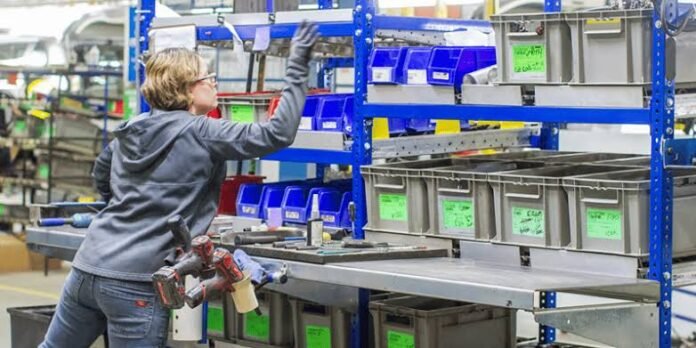As technology moves forward, workplaces are changing to focus on both efficiency and worker well-being. More companies are using ergonomic design in industrial automation to make jobs safer and more comfortable. Instead of just upgrading machines, they are also thinking about how workers use them.
By reducing strain and improving how people interact with machines, these changes help workers stay healthy and do their jobs better. Let’s explore how ergonomic design is transforming workplaces.
The Importance of Ergonomic Design
As workplaces change, making them more comfortable and safe is becoming more important. Many workers around the world suffer from muscle and joint pain due to their jobs.
By using ergonomic design, companies can help prevent these problems and create healthier work environments. Better workplace design helps workers feel better and makes them more productive.
When jobs put less strain on the body, workers can focus better and get more done. This helps businesses succeed by reducing sick days and improving work performance.
The Role of Technology in Ergonomic Design
New technology is changing the way workplaces focus on comfort and safety. Wearable devices can track posture, and smart systems adjust to workers’ needs, making jobs easier on the body.
Robots and automated machines also help by reducing repetitive movements that can cause injuries over time. For example, some robotic systems have adjustable heights and grips to fit different workers.
Touchscreens and controls are also becoming easier to use, so employees can work more efficiently with less training. As industries grow, ergonomic design will continue to play a key role in making workplaces safer and more efficient.
Innovative Solutions in Ergonomic Design
New ideas in workplace design are making jobs easier and safer for workers. One example is improved conveyor rollers that make moving materials smoother and less stressful on the body.
These rollers help workers lift and unload items without straining or stretching too much. Another helpful change is the use of adjustable workstations.
These stations can be changed to fit different workers. It makes tasks like assembly and packaging more comfortable.
Companies that use these smart designs help protect workers’ health. It also makes their operations run more smoothly.
Looking Ahead: The Future of Ergonomic Design
Looking ahead, ergonomic design will play a bigger role in industrial automation. More businesses understand that making jobs safer and more comfortable isn’t just a trend.
It helps workers stay healthy and keeps productivity high while reducing healthcare costs. As workplaces become more diverse, flexible designs will be even more important.
Tools and workstations that adjust to different body types and abilities will make jobs easier for everyone. This improves comfort and helps workers feel valued, leading to greater job satisfaction and loyalty.
Discover the Future of Ergonomic Design in Industrial Automation
The future of ergonomic design in industrial automation looks promising. New solutions will make jobs safer, more comfortable, and more efficient. These changes won’t just improve how tasks are done-they will also help workers feel better on the job.
As industries grow, now is the time to think about adding ergonomic design to daily operations. Investing in these improvements shows that businesses care about their workers. After all, when employees are comfortable, they can work better and be more productive.
Is this article helpful? Keep reading our blog for more.
